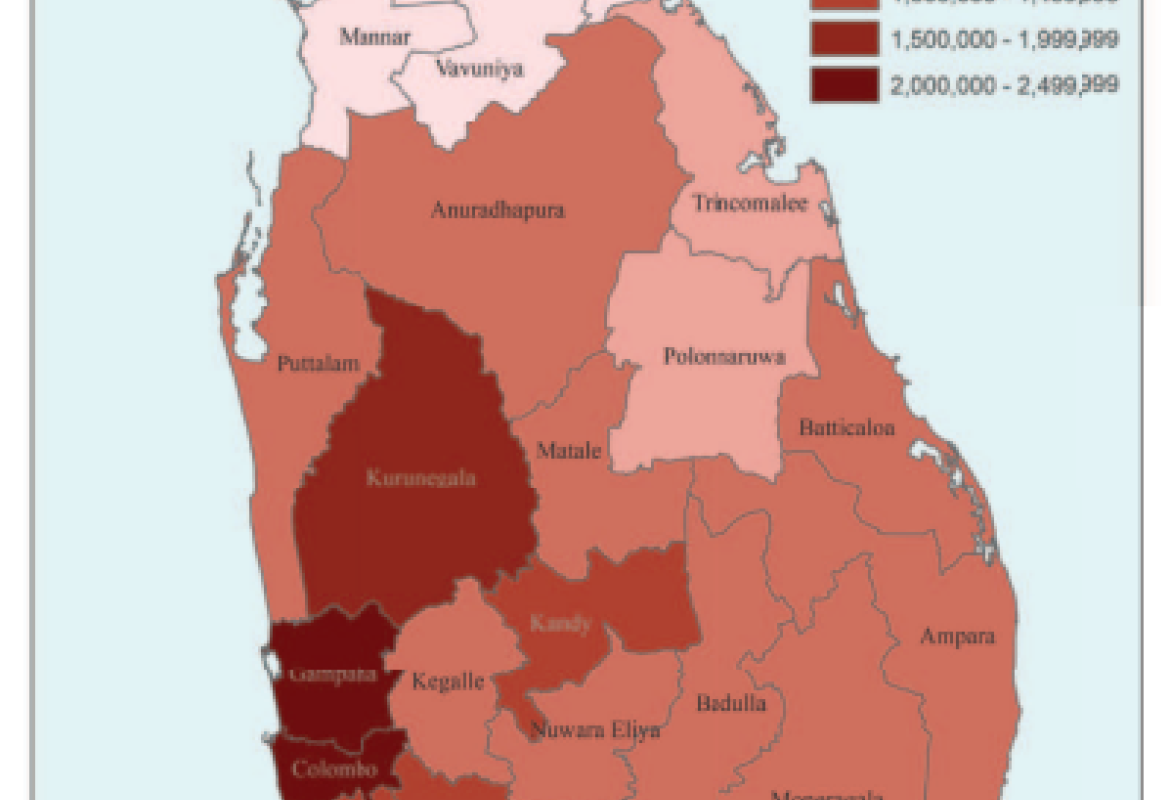Hawaii temple joins Thai Poosam celebration
 |
The Kadavul Temple in Hawaii was amongst the thousands of Saivite temples celebrating the festival of Thai Poosam this month.
The Kadavul temple is attached to the Kauai Aadheenam or monastery, which traces its guru lineage directly from Jaffna’s well known sage Yogaswami.
The guru lineage is named Kailasa Parampara, after the Kailasa mountain range in the Himalayas where the earliest of these yogis is said to have meditated.
Kauai is the oldest of Hawaii’s main islands. The Kauai Aadheenam was established in 1973, by Sivaya Subramuniyaswami, an American priest initiated by Yogaswami in Jaffna in 1949.
In 1986, the World Religious Parliament in New Delhi honored Sivaya Subramuniyaswami as one of the five Hindu spiritual leaders outside India who had most dynamically promoted Hinduism in the previous 25 years. He passed away in 2001.





